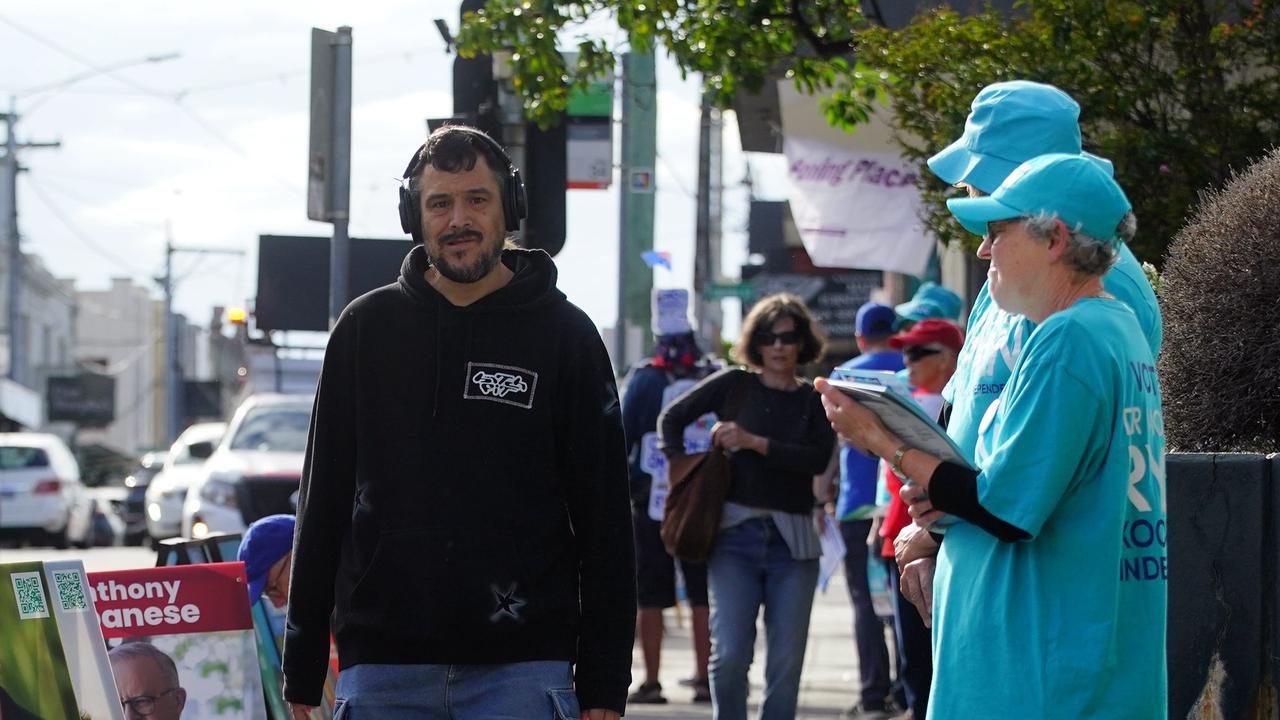Fight to save sacred Indigenous trees hits Victorian court
The fight to save sacred Indigenous trees from being cut down has had a small victory with the battle taken to Victoria’s courts.

Plans to fell sacred Indigenous trees and clear land near the site of a controversial highway duplication in Victoria are on hold after a successful court battle.
Traditional owners launched legal action to prevent any further works from taking place at the site of the Western Highway duplication between Ararat and Buangor after a culturally significant “directions” tree was cut down on Monday.
“This case goes to the heart of what Aboriginal tradition and significant Aboriginal area means and how it should be protected,” barrister Ron Merkel QC argued on Thursday.
Six trees and the surrounding area were under “imminent” threat, he said.
But in a victory for Djab Wurrung woman Marjorie Thorpe, mother of senator Lidia Thorpe, the roadworks have been put on hold until November 19 after an interim injunction was granted on Thursday.
This is despite government lawyer Richard Attiwill QC offering to compromise by promising the government would not do any major work beyond clearing topsoil, adding fencing, spraying weeds and putting in verges.
So while the Andrews government was announcing the opening up of Melbs, it was concurrently cutting down a sacred part of Djap Wurrung heritage #shame
— Celeste Liddle (@Utopiana) October 26, 2020
This was the beautiful Directions Tree. pic.twitter.com/Osv4pMZbhs
Mr Merkel argued the removal of the trees could be “wholly unlawful” under the Aboriginal Heritage Act and could also breach the Humans Rights Charter.
Up to 50 protesters were removed from the site on Tuesday after the removal of the yellow box gum tree, and many were charged with trespassing.
“The Djab Wurrung people can’t even attend the site, which is a religious site and a sacred site for them,” Mr Merkel told the court.
There was a request for works to be stopped before the tree was cut down but that was refused, the lawyer said.
“Protestors were being cleared away from the site, arrested and the embassy set up to protect the two main trees was being dismantled by police,” he said.
But the government’s lawyer argued only one tree remained an issue and five others would be protected and never torn down.
“Not this week, not next week. They’ll never be removed,” Mr Attiwill said of those five trees.
The remaining tree, called ‘E1’ by planners wouldn’t be removed in the next week, he said.
It's not a good day when your government allows the Directions Tree to be destroyed on your watch #Djabwurrung ##DjabwurrungTrees pic.twitter.com/hhBzBIy1kM
— PassTheMSG (@kiIIyridoIs) October 26, 2020
Victoria’s government consulted with the Eastern Maar Aboriginal Corporation over the project to save up to 16 trees after realigning the highway.
But after the “towering” fiddleback or directions tree was removed, the group released a statement.
“Despite its age and majesty, extensive reassessments did not reveal any characteristics consistent with cultural modification. It did not appear to have been altered by our peoples for usage in our cultural traditions,” it said.
The group has been formally recognised as the Traditional Owner group that represents the Djab Wurrung people in this issue.
According to a statement released by the state’s Transport Minister Jacinta Allan, the tree was assessed as being “maybe over 100 years old”.
“The tree that was identified in media reports, usually referred to as the ‘Fiddleback Tree’ has been involved in multiple cultural inspections involving Djab Wurrung elders and has not been identified as having tangible cultural heritage values,” she said of the tree removed on Monday.
A further hearing will be held next month.


